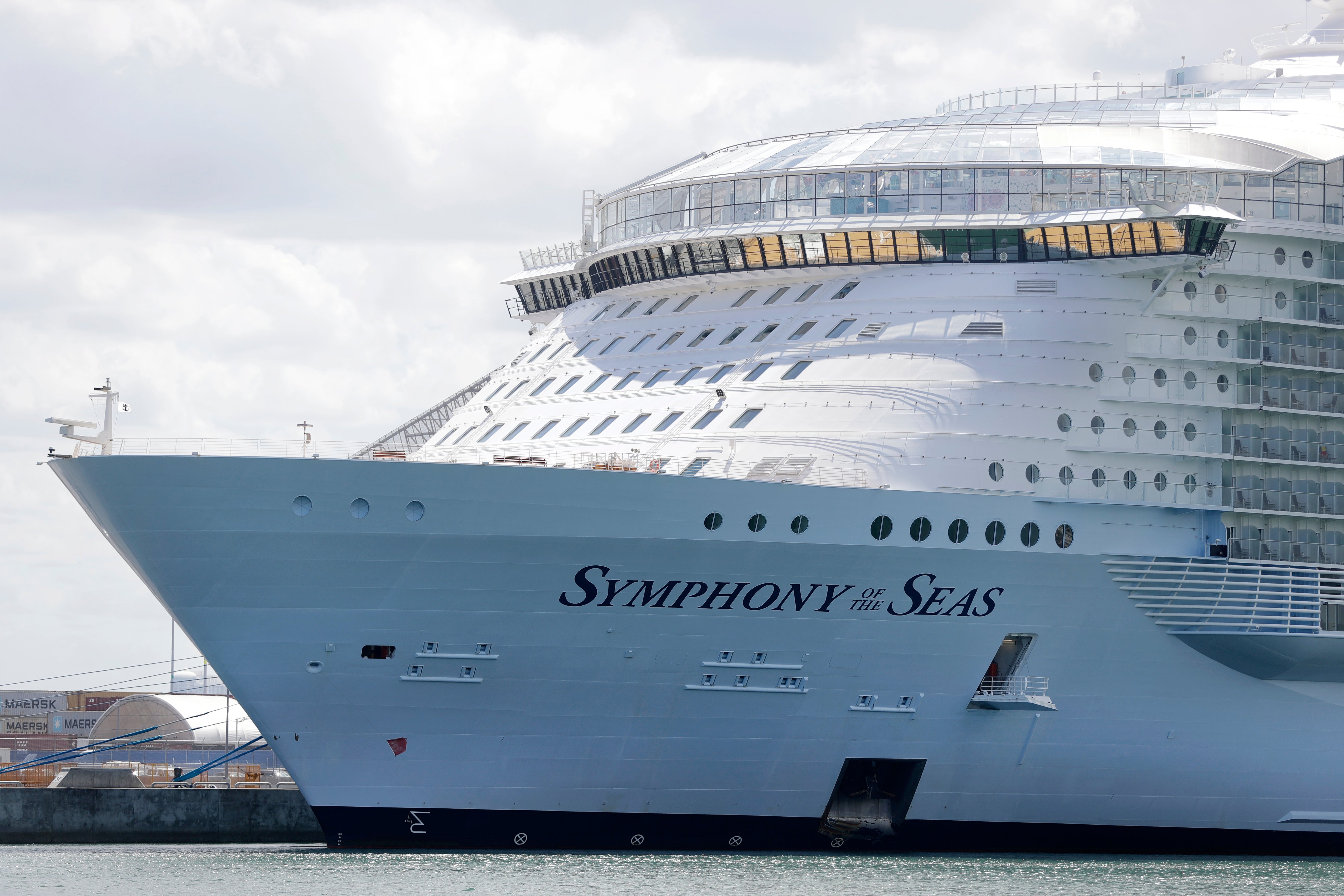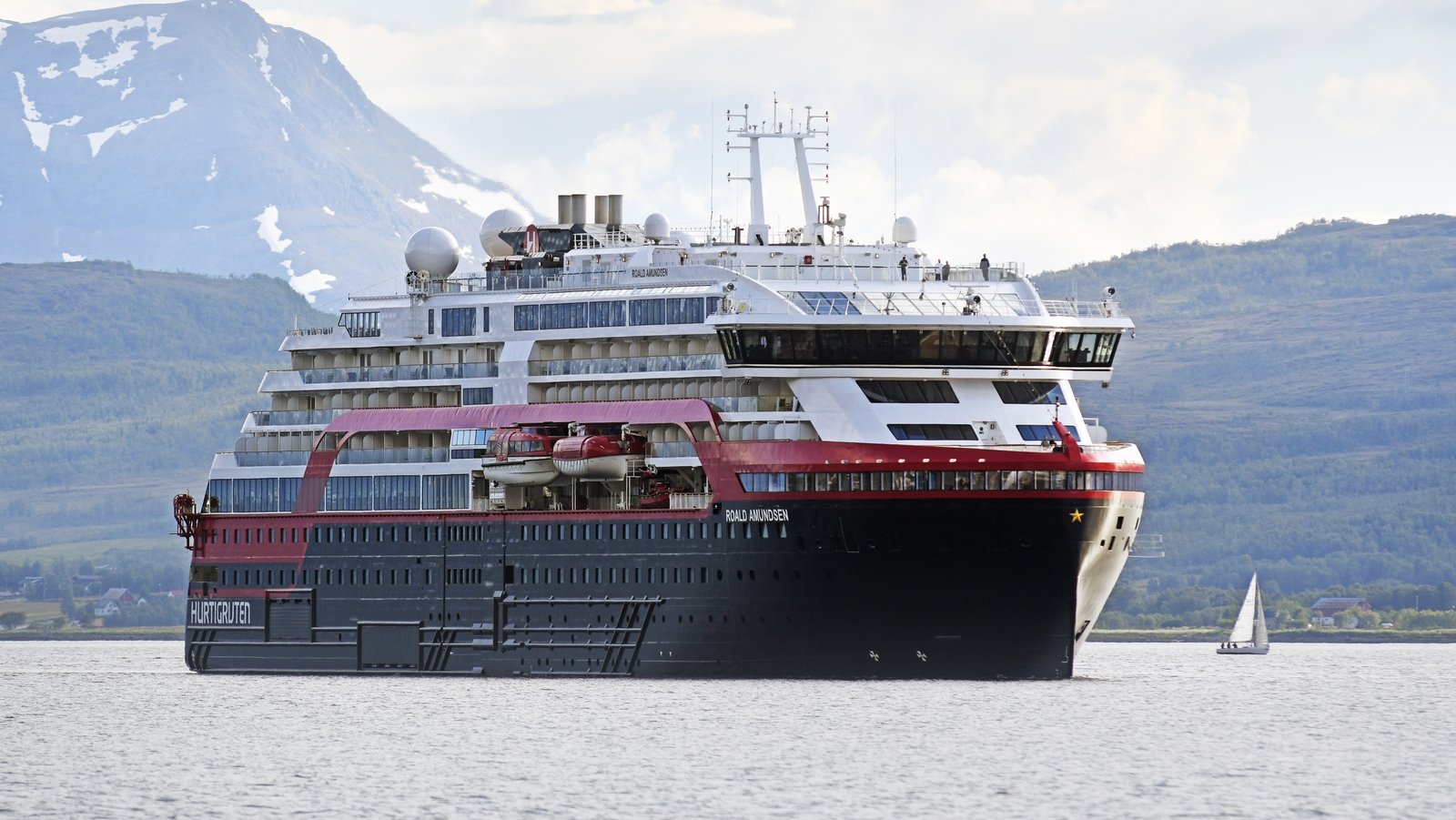Table Of Content
- Why is Norovirus a problem on Cruise Ships?
- The CDC has already reported 12 outbreaks of gastrointestinal illness on cruises this year
- Best Covid-19 Travel Insurance Plans
- Outbreak Updates for International Cruise Ships
- Horror Outbreak on Cruise Ship Leaves Over 150 Passengers Sick With Virus
- Why are acute gastrointestinal illnesses including noroviruses associated with cruise ships?

Every passenger stateroom has the Infirmary's number - posted or by the cabin's phone. Exposure to less than 100 norovirus particles can make someone sick, and infected people typically shed billions of particles, according to the CDC. It only takes a small number of virus particles for norovirus to spread, which is why norovirus causes so many explosive outbreaks, Ko previously told TODAY.com. Some people are at higher risk of developing severe norovirus symptoms — these include infants, the elderly, and people with compromised immune systems, Ostrosky noted. In the vast majority of people, norovirus symptoms will last several days and resolve on their own.
Why is Norovirus a problem on Cruise Ships?
There were no reported cases in 2020, followed by one in 2021 and four last year. Public Health Service Act; its mission is to prevent the introduction and spread of communicable diseases in the U.S. More specifically, it runs the Vessel Sanitation Program, which monitors illness outbreaks on ships carrying more than 13 passengers.
Norovirus Outbreaks Surge on Cruises: Here's How to Avoid the Bug - TODAY
Norovirus Outbreaks Surge on Cruises: Here's How to Avoid the Bug.
Posted: Thu, 13 Jul 2023 07:00:00 GMT [source]
The CDC has already reported 12 outbreaks of gastrointestinal illness on cruises this year
According to the Cruise Lines International Association, the risk each year of getting laboratory-confirmed norovirus during a ship outbreak is about 1 in 5,500. The association, which says it is the largest cruise industry trade association in the world, noted on its website that crew members use strict sanitation and cleaning practices created with the CDC’s Vessel Sanitation Program. Cabins are cleaned once a day, and other common areas, such as elevators and pools, are cleaned multiple times a day. In response to the outbreak, the Queen Victoria crew has reportedly "increased cleaning and disinfection procedures" and "isolated ill passengers and crew." Around 140 people have fallen sick with a gastrointestinal illness onboard the Cunard Queen Victoria cruise ship that docked in Fort Lauderdale, Florida, on Jan. 22 when the CDC began monitoring the outbreak. Outbreaks of gastrointestinal illness plummeted during the pandemic, which shut down the cruise industry for more than a year and forced a slow return with multiple health precautions in place.
Best Covid-19 Travel Insurance Plans
So far, cruise lines have reported 13 separate norovirus outbreaks to the CDC through the six months ending in June. It’s the most number of reported norovirus outbreaks on cruise ships since 2012, when there were 16. The WHO reports that influenza, a respiratory tract infection, is common on cruise ships. The Centers for Disease Control and Prevention (CDC) says that influenza or similar illnesses can occur at any time of year and are not seasonal. That is a reflection of the fact that cruise ship passengers come from countries around the world that are experiencing different seasons. The signs and symptoms of influenza range from mild to life-threatening.
Outbreak Updates for International Cruise Ships
Royal Caribbean International's 'Oasis of the Seas' cruise ship is seen at Port Canaveral, Florida ... [+] on January 12, 2019, after returning a day early from a seven-night Caribbean cruise when over 400 passengers and crew members suffered gastrointestinal illness due to a suspected Norovirus outbreak. For passengers with health concerns, medical care on cruise ships is a vital part of their travel planning. Most cruise vessels are equipped with either basic infirmary (a small clinic) or larger hospital where sick or injured passengers are treated and cared for by contractor physicians and nurses on 24-hour duty.

The cause of the outbreak — which has impacted roughly 5% of the ship’s passenger population — is still unknown, but the CDC notes that norovirus outbreaks are primarily caused by eating contaminated food or drinking contaminated water. In late February, more than 300 people aboard a Princess Cruises ship fell ill with diarrhea and vomiting, according to the CDC, though the agency didn’t cite the cause of the illness that sickened the 284 passengers and 34 crew. The Ruby Princess increased disinfection and cleaning procedures in the wake of the outbreak. Hepatitis A is yet another common virus transmitted in contaminated food, water, or fecal matter. Symptoms first appear flu-like, but left untreated, the virus can lead to severe liver damage.
In some cases, nearby ships with better medical facilities may assist. There are no internationally specified regulations governing ship infirmaries and medical staffing. Each company has its own standards provided for its passengers' healthcare. So it comes as no surprise that when CDC reports an illness outbreak on some vessel, big media sources do not immediately (or ever) respond to the news. You may hear about it on your local radio station, or on your local cable operator, but not necessarily on ABC, CNN, and often not even on Yahoo and MSN news online.
Horror Outbreak on Cruise Ship Leaves Over 150 Passengers Sick With Virus
Less commonly, norovirus may cause a headache, muscle aches, or a low-grade fever — symptoms usually develop within one to two days after exposure to the virus, per the CDC. Norovirus can spread year-round, but it tends to have a wintertime seasonality and peak during the colder months. Outbreaks are most common between November and April, TODAY.com previously reported.
CDC Investigating Illness Outbreak on Luxury Cruise Ship - U.S. News & World Report
CDC Investigating Illness Outbreak on Luxury Cruise Ship.
Posted: Thu, 08 Feb 2024 08:00:00 GMT [source]
Another popular cruise line, Royal Caribbean International, has reported four outbreaks since January. Outbreaks of the stomach bug have surged on cruise ships this year, reaching the highest levels seen in 10 years. Since January 2023, there have been 13 confirmed norovirus outbreaks on cruise ships under U.S. jurisdiction — that's more outbreaks in six months than there have been during any full year since 2012, according to data from the U.S. One to keep an eye on is shigella, which the CDC notes has been behind GI outbreaks on cruise ships.
Norovirus infects between 19 million and 21 million Americans annually, the CDC reports. The most recent occurred in June on a Viking Cruises ship from Iceland that docked in New York, where 110 passengers and eight crew members fell ill. Data on this page are from ship surveillance reports and from CDC-led investigations. Land-based operations ("Field Service") include mobile clinics providing screening for potential surgery patients, healthcare, dental care, also mental health programs, infrastructure projects. They are located on upper decks and include cabins for families, couples and single cabins.

The whole responsibility goes to the shipowner (cruise line company) and its management. CruiseMapper's Norovirus survey is based on official data from CDC.gov (USA's "Centers for Disease Control and Prevention"). CDC's "Vessel Sanitation Program" assists the cruise tourism industry in preventing and controlling the transmission and spread of gastrointestinal illnesses (Norovirus, ETEC) on passenger ships calling on US seaports. ▪ Norovirus is the “leading cause of vomiting and diarrhea and food-borne illness in the United States,” with more than 2,500 norovirus outbreaks reported every year, according to the CDC. If an unvaccinated or under-vaccinated passenger or crew member contracts the virus and brings it on board, other vulnerable people can get sick, Chen explains.
Shipboard hospitals as facilities and equipment vary by cruise line and vessel. Clinic's size usually depends on the ship's capacity (passengers plus crew). Generally, bigger and newer ships offer larger and better-equipped medical facilities and are served by bigger infirmary staff. If seasickness symptoms are accompanied by diarrhea or fever, passengers should immediately seek medical treatment for Norovirus and avoid spreading the illness to others. The symptoms are nausea, vomiting, diarrhea, indigestion, abdominal cramps.
Volunteer crew members occupy both medical (surgeons, dentists, nurses) and general jobs (deckhands, seamen, engineers, machinists, electricians, teachers, cooks, welders, plumbers, agriculturalists. The most severe outbreaks were reported in Brazil, with an alarming surge in newborns with microcephaly. If the mother is infected, the virus may cause microcephaly in newborns. This is a neurodevelopmental disorder - babies are born with an underdeveloped head.
▪ Norovirus spreads easily and can make anyone ill, with symptoms usually lasting one to three days. The virus most often spreads in closed and crowded environments, such as hospitals, nursing homes, child care centers, school and cruise ships, according to the Mayo Clinic. The virus spread rapidly through guests on the Celebrity Summit cruise ship of the company Celebrity Cruises during a voyage between May 15 and May 25. The CDC investigated and said in a statement that the predominant symptoms were diarrhea, vomiting, abdominal cramps and headache, while noting how well staff onboard took action as people became unwell. The “vomiting” should be a tip off as to what may happen when you get infected with norovirus.

No comments:
Post a Comment